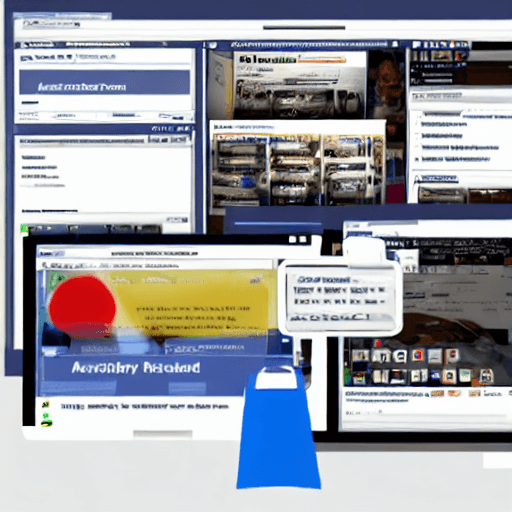

In today’s competitive digital landscape, reaching the right audience with the right message is paramount to business success. Traditional advertising methods often feel like shouting into the void, with limited control over who sees your message. Social media advertising, particularly on platforms like Facebook, offers a powerful solution. However, simply running a broad campaign isn’t enough. To truly maximize your return on investment (ROI), you need to leverage the power of targeted advertising. This article delves into a highly effective strategy: utilizing retargeting campaigns on Facebook specifically for cart abandonment recovery. We’ll explore the ‘why’ behind this approach, the ‘how’ of setting it up, and the ‘what’ you need to consider for optimal results.
Cart abandonment, the act of a shopper adding items to their online shopping cart but ultimately not completing the purchase, is a significant pain point for e-commerce businesses. Statistics consistently show that a substantial percentage of abandoned carts – often upwards of 60-80% depending on the industry – can be recovered with the right intervention. Ignoring this phenomenon means losing potential revenue and valuable customer data. The reasons behind cart abandonment are varied: from unexpected shipping costs to technical glitches to simply changing their minds. However, the fact remains that many shoppers are close to completing a purchase, making them an ideal target for a focused retargeting campaign.
Let’s consider a real-life example: a small online boutique selling handmade jewelry. They noticed a consistent drop-off in sales when customers added items to their cart but didn’t proceed to checkout. Without any targeted action, they were losing a significant stream of potential revenue. Implementing a retargeting campaign allowed them to proactively reach these individuals with a personalized message, addressing their potential concerns and encouraging them to complete their purchase.
Here are some key statistics highlighting the importance of addressing cart abandonment:
Retargeting, also known as remarketing, is a digital advertising strategy that involves showing ads to people who have previously interacted with your website or app. In the context of cart abandonment recovery, you’re specifically targeting individuals who have added items to their cart but haven’t completed the purchase. It’s a highly effective strategy because it leverages the ‘recency’ principle – people who have shown interest in your products are more likely to be receptive to your marketing messages.
Unlike traditional advertising, which casts a wide net, retargeting allows you to focus your efforts on a highly qualified audience. This translates to lower costs per conversion and a higher ROI. Facebook’s pixel, a small snippet of code you place on your website, tracks user behavior and allows you to build custom audiences based on this data.
The Facebook pixel works by tracking various user actions on your website, including:
Once the pixel is installed, Facebook collects this data and allows you to create custom audiences based on these actions. You can then use these audiences to serve targeted ads on Facebook and Instagram.
Now, let’s delve into the practical steps of setting up a cart abandonment recovery retargeting campaign on Facebook:
Here are some tips for creating effective ad creative:
Beyond the basic setup, there are several advanced strategies you can employ to further optimize your cart abandonment recovery retargeting campaigns:
Key metrics to track include:
By consistently monitoring and optimizing your campaigns, you can maximize your ROI and recover a significant portion of abandoned carts.
Remember to always comply with Facebook’s advertising policies and best practices.
This comprehensive guide provides a solid foundation for setting up and managing effective cart abandonment recovery retargeting campaigns on Facebook. Good luck!
Do you want me to elaborate on any specific aspect of this guide, such as creating a lookalike audience or optimizing your ad creative?
Tags: Facebook retargeting, cart abandonment recovery, Facebook ads, retargeting campaigns, e-commerce marketing, digital marketing, conversion optimization
0 Comments